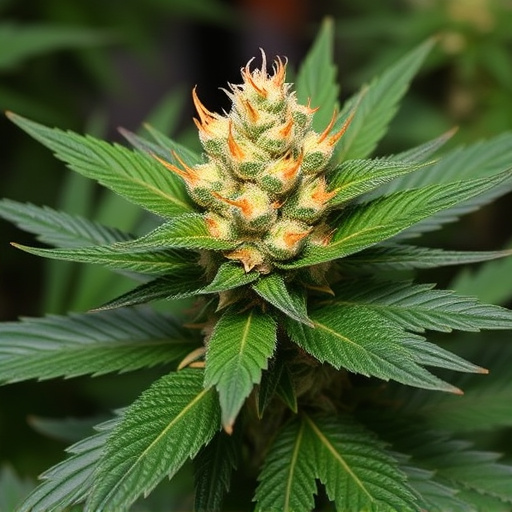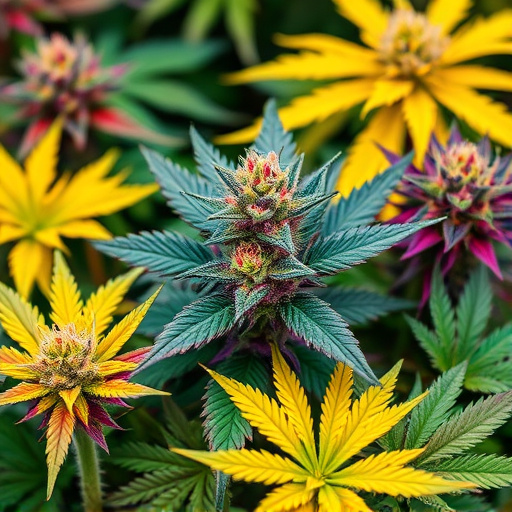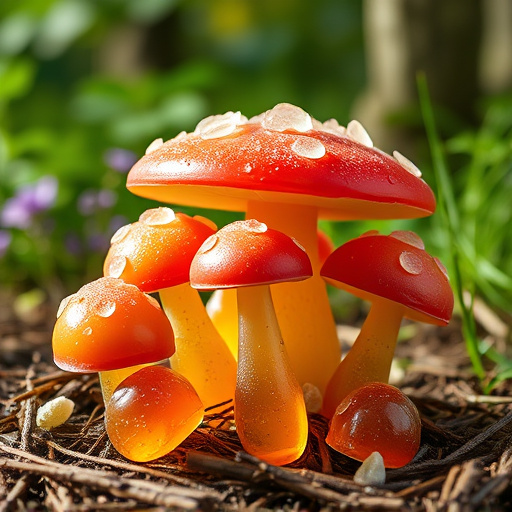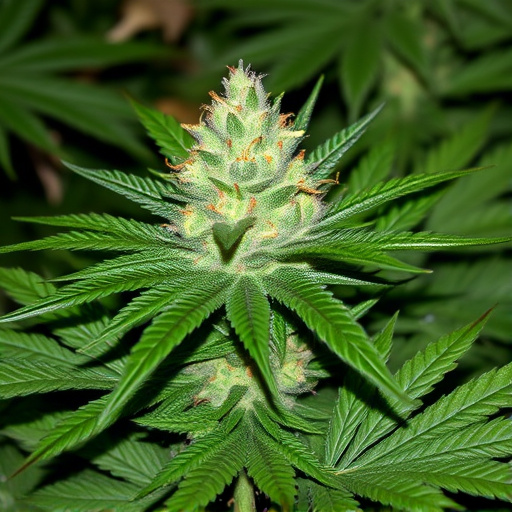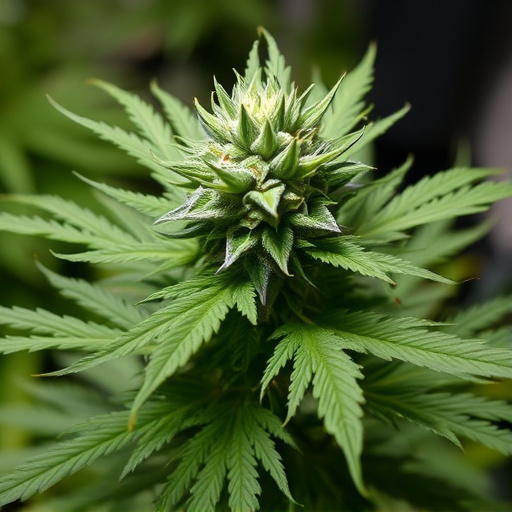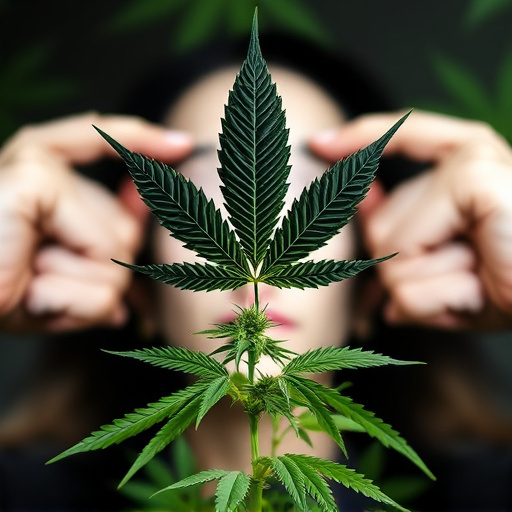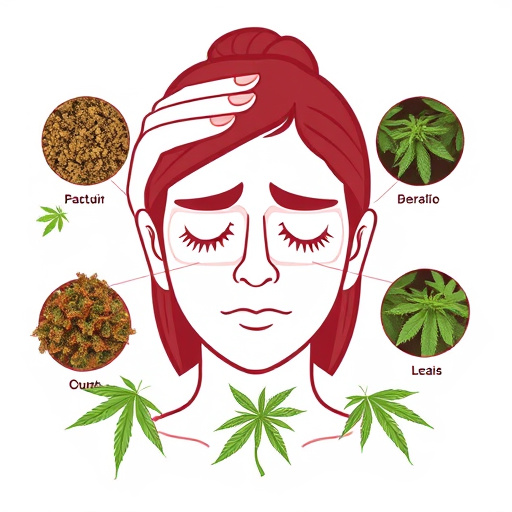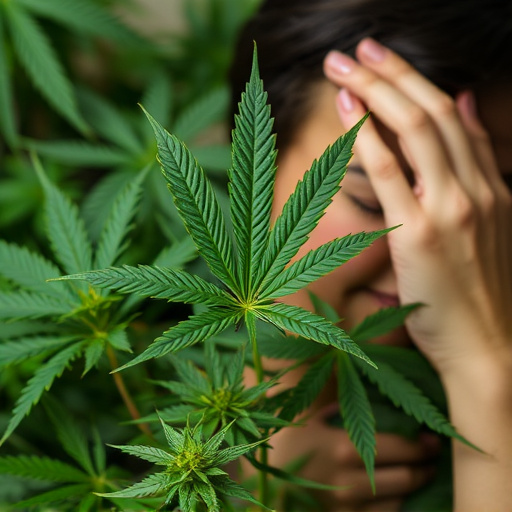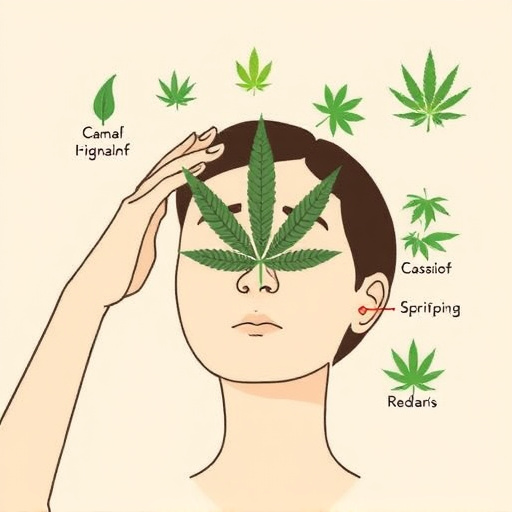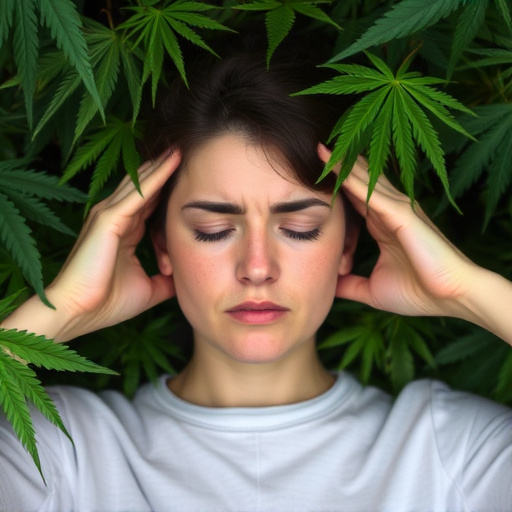Cannabis overdoses, though rare, manifest psychologically with anxiety, paranoia, and hallucinations. High-THC strains used for migraines carry higher overdose risk if consumed beyond tolerance. Early recognition of symptoms is key to prevention as recovery takes hours. Post-overdose care involves rest, hydration, monitoring vital signs, and relaxation techniques. Consulting healthcare professionals or specialists in alternative medicine about suitable cannabis strains (especially Indica-dominant for migraines) and micro-dosing promotes responsible use and prevents future overdoses.
“Experiencing a cannabis overdose can be a frightening experience, but with the right knowledge, it’s possible to recover. This comprehensive guide delves into understanding cannabis overdoses, their symptoms, and underlying causes. We explore effective recovery strategies, offering practical steps to take immediately after an overdose. Furthermore, we discuss specific cannabis strains known for their migraine-relieving properties, providing natural prevention methods. By the end, you’ll be equipped with insights to navigate cannabis consumption safely.”
- Understanding Cannabis Overdoses: Symptoms and Causes
- Strategies for Recovery: What to Do After an Overdose
- Choosing the Right Cannabis Strains for Migraines and Prevention
Understanding Cannabis Overdoses: Symptoms and Causes
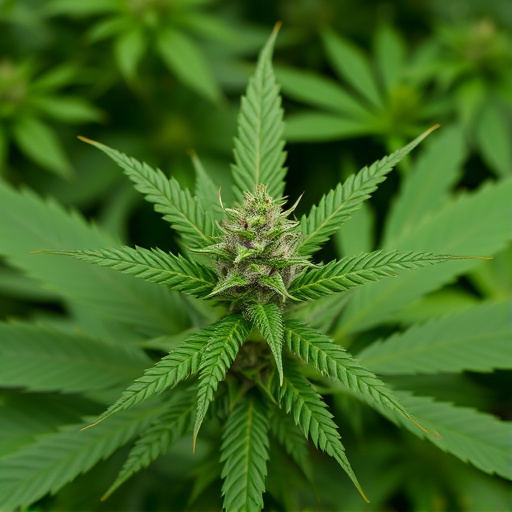
Cannabis overdoses, while rare, can occur and it’s crucial to understand both the symptoms and underlying causes. Unlike many other substances, cannabis does not typically lead to life-threatening physical reactions, but it can result in severe psychological discomfort. Overdosing on cannabis is often associated with consuming too much THC (tetrahydrocannabinol), especially when potent strains are involved. High-THC cannabis strains for migraines or pain relief might inadvertently induce an overdose if consumed beyond one’s tolerance level.
Symptoms of a cannabis overdose can include intense anxiety, paranoia, rapid heartbeat, dizziness, and nausea. In some cases, users may experience hallucinations or delusions. These symptoms usually peak within 30 minutes to an hour after consumption and typically subside within several hours, though recovery may take longer depending on the individual. Recognizing these early signs is vital for preventing a cannabis overdose from escalating.
Strategies for Recovery: What to Do After an Overdose
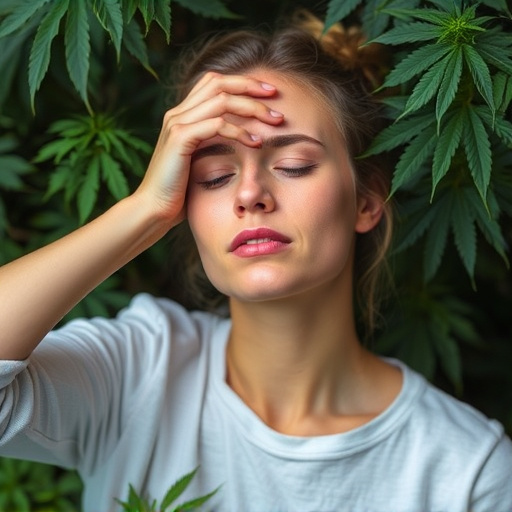
After experiencing a cannabis overdose, recovery involves several strategic steps. The first priority is to address any immediate physical discomfort and ensure safety. This may include resting in a calm environment, staying hydrated, and monitoring vital signs. If symptoms persist or worsen, seeking medical attention promptly is crucial. A healthcare professional can provide guidance tailored to the individual’s unique experience.
In the aftermath of an overdose, focusing on relaxation techniques like deep breathing exercises or meditation can help mitigate anxiety and stress. Additionally, exploring alternative treatments for conditions cannabis was initially used for, such as migraines, can be beneficial. Consulting with a medical professional or specialist in alternative medicine about suitable cannabis strains or other therapeutic options can offer long-term solutions while also ensuring responsible use to prevent future overdoses.
Choosing the Right Cannabis Strains for Migraines and Prevention
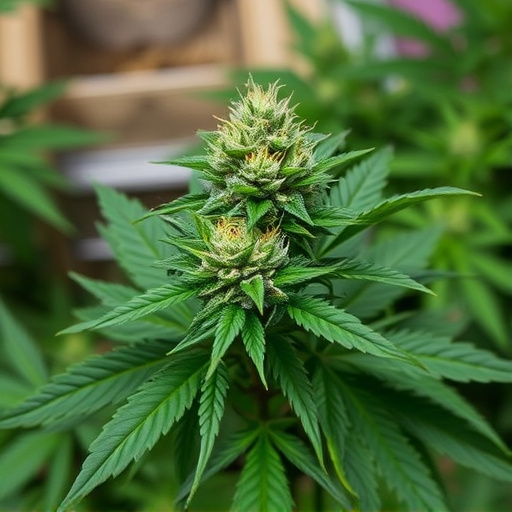
Cannabis has gained recognition as a potential treatment for various conditions, including migraines. When it comes to choosing the right cannabis strains for migraine relief, several factors come into play. Indica-dominant strains are often preferred due to their calming and relaxing effects. These strains can help reduce muscle tension and promote better sleep, which are common triggers for migraines. Popular choices include strains like Granddaddy Purple, Northern Lights, and Gelato, known for their sedative properties.
Preventing a cannabis overdose related to migraines involves a mindful approach. It’s crucial to start with lower doses and gradually increase as needed. Consuming edible cannabis products requires extra caution, as effects can be more intense and prolonged. Patients should consider micro-dosing or using topical cannabis applications for more control over their intake. Additionally, consulting with a medical professional who specializes in cannabis medicine is essential to determine the most suitable strains and dosages for individual migraine management.
In conclusion, while cannabis can offer relief for various conditions, it’s crucial to understand the risks associated with overdosing. By recognizing symptoms early and employing strategies like choosing the right cannabis strains for migraines—known for their lower THC content and higher CBD levels—individuals can prevent and recover from potential overdosages effectively. Always remember, moderation is key when using cannabis, and seeking professional medical advice is essential for safe and informed use.


